12.8 cm PaK 44
| 12.8 cm Pak 44 | |
|---|---|
 Pak 44 in firing position | |
| Type | Heavy Anti-Tank Gun |
| Place of origin | Nazi Germany |
| Service history | |
| In service | 1944—1945 |
| Used by | |
| Wars | World War II |
| Production history | |
| Designer | Krupp |
| Designed | 1943 |
| Manufacturer | Krupp |
| Produced | 1944 |
| Number built | 51 |
| Specifications | |
| Weight | 10,160 kg (22,400 lb) |
| Barrel length | 7.023 m (20 ft) L/55 |
| Shell | semi-fixed |
| Shell weight | 28 kg (62 lb) (HE) 28.3 kg (62 lb) (AP) |
| Caliber | 128 millimetres (5.0 in) |
| Breech | semi-automatic horizontal sliding-block |
| Recoil | Hydropneumatic |
| Carriage | cruciform (some were split trail) |
| Elevation | -7° 51' to +45° 27' |
| Traverse | 360° (some were about 90°, or less) |
| Muzzle velocity | 950 m/s (3,100 ft/s) |
| Maximum firing range | 24,410 m (26,700 yd) |
The 12.8 cm Pak 44 L/55 (PaK, (Ger.) Panzerabwehrkanone) was a German heavy anti-tank gun used during World War II. It was designed as a result of experiences on the Eastern front in 1943. The German army had encountered the Russian 122 mm guns and had issued a requirement for a similar weapon. Development initially concentrated on a field gun known as the Kanone K 44. However once heavier Russian armour such as the IS-2 started to appear the design requirements were altered to include an anti-armour role.
The Pak 44 had short to medium-range performance similar to the 8.8 cm Pak 43, but the 12.8 cm Pak 44 better maintained its anti-tank performance over long to extreme-long ranges (1800–2700+ metres) while also doubling as an effective field gun when firing HE.
Informations complémentaires
| Poids | 0.5 kg |
|---|---|
| Dimensions | 20 cm |
| Echelle | 1/35 |
| Matériau | Plastique |
| Période | 1939-1945/WW2 |
| Nation | Allemand-German |







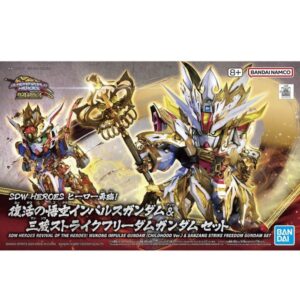

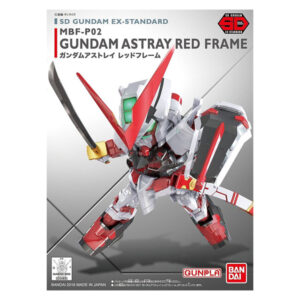
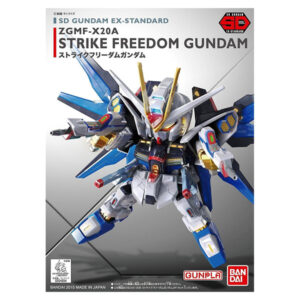
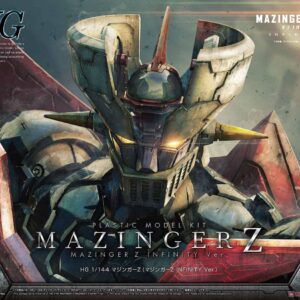
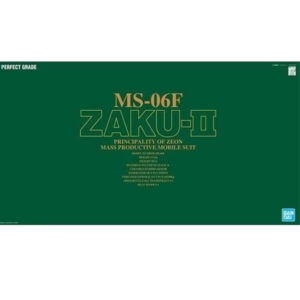
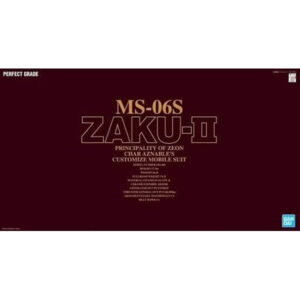


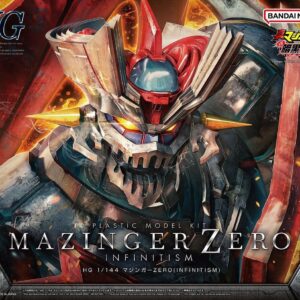


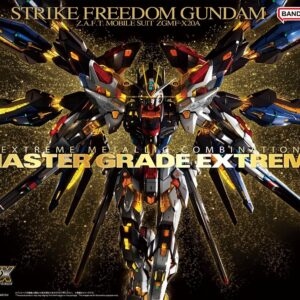


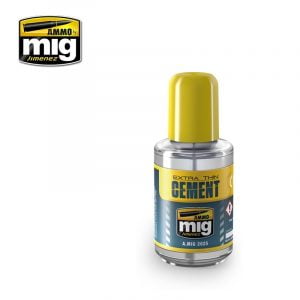
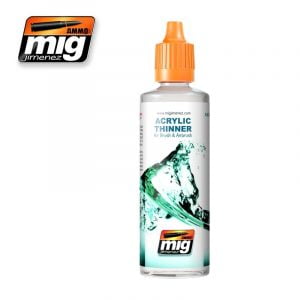
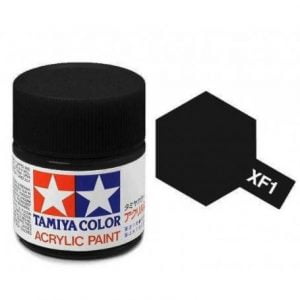
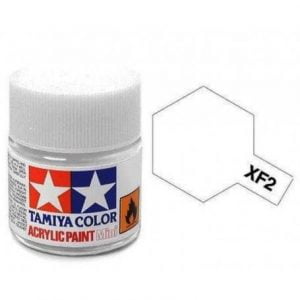
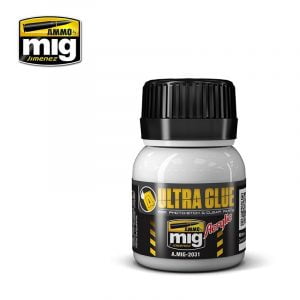
Avis
Il n’y a pas encore d’avis.